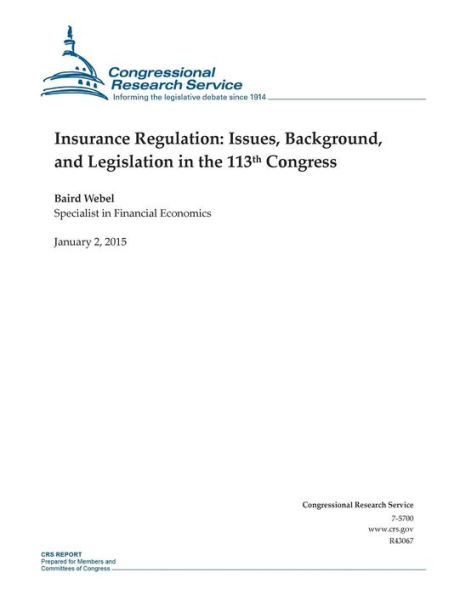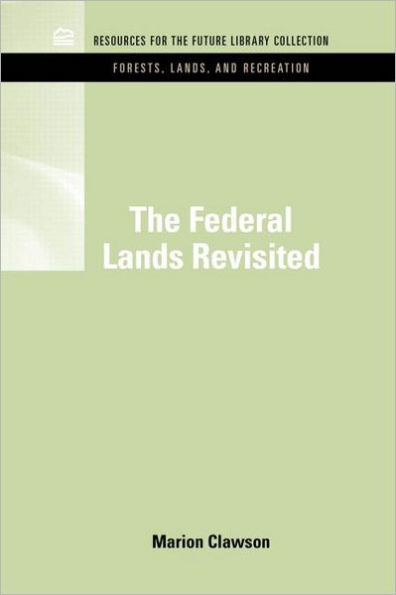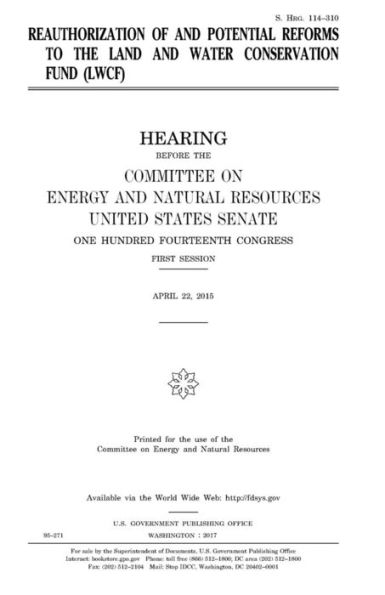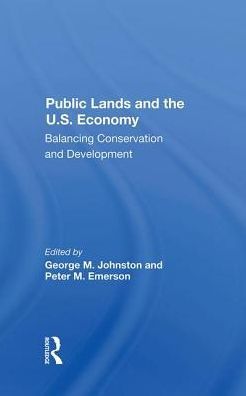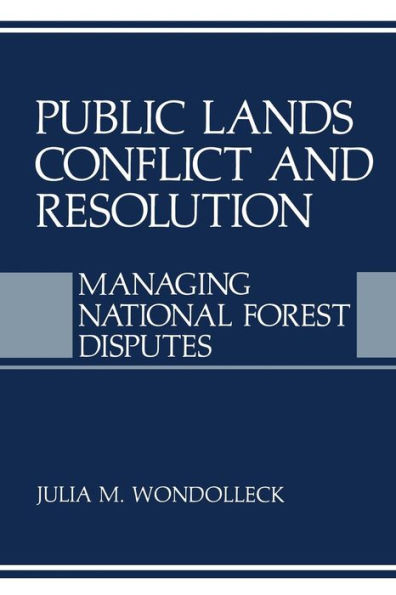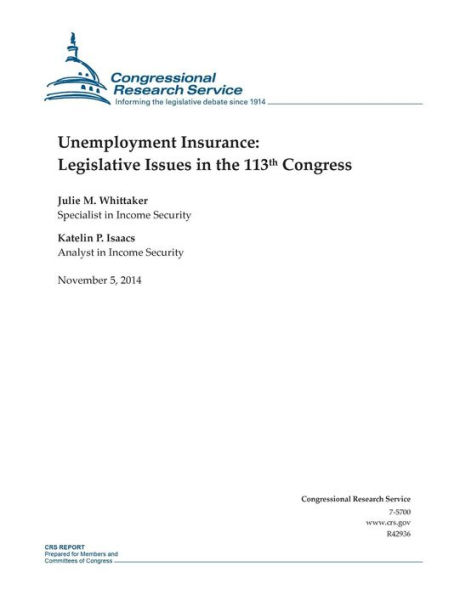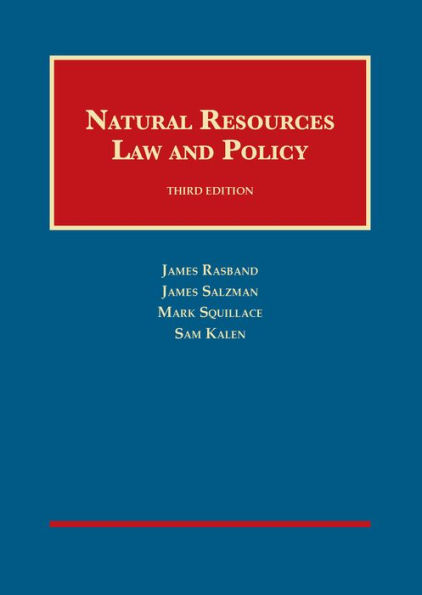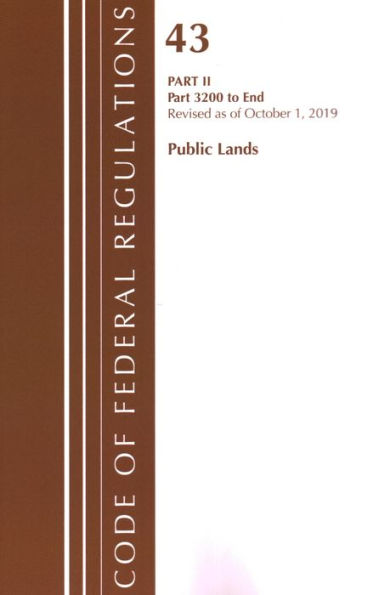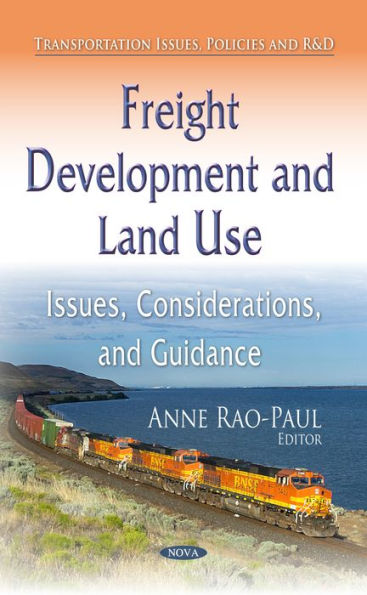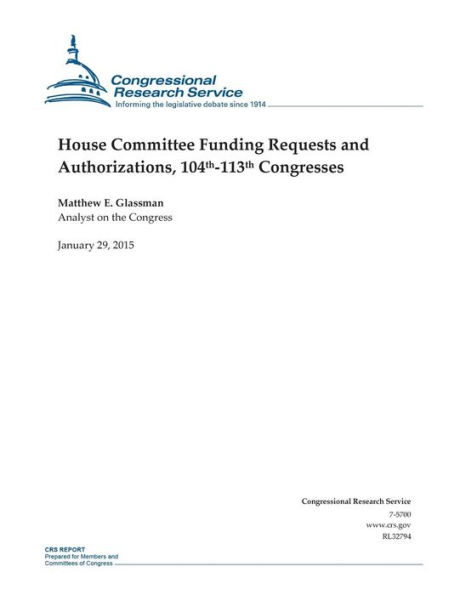Home
Federal Lands and Natural Resources: Overview and Selected Issues for the 113th Congress
Loading Inventory...
Barnes and Noble
Federal Lands and Natural Resources: Overview and Selected Issues for the 113th Congress
Current price: $19.95


Barnes and Noble
Federal Lands and Natural Resources: Overview and Selected Issues for the 113th Congress
Current price: $19.95
Loading Inventory...
Size: OS
*Product Information may vary - to confirm product availability, pricing, and additional information please contact Barnes and Noble
The Property Clause in the U.S. Constitution (Article IV, § 3, Clause 2) grants Congress the authority to acquire, dispose of, and manage federal property. The 113th Congress is considering multiple federal land and natural resources policy and management issues. These issues are complex and often interrelated, and include how much and which land the government should own, and how lands and resources should be used and managed. These issues affect local communities, industries, ecosystems, and the nation. Four agencies (referred to in this report as the federal land management agencies, or FLMAs) administer a total of 614 million surface acres (95%) of federal lands: the Forest Service (FS) in the Department of Agriculture (USDA), and the Bureau of Land Management (BLM), Fish and Wildlife Service (FWS), and National Park Service (NPS), all in the Department of the Interior (DOI). The federal estate also extends to the energy and mineral resources located below ground and offshore. These include about 700 million onshore acres of the federal subsurface mineral estate that are managed by BLM. In addition, the Bureau of Ocean Energy Management (BOEM), also in DOI, manages approximately 1.7 billion offshore acres located in federal waters within and beyond the U.S. Exclusive Economic Zone. Not all of these acres contain extractable mineral and energy resources. This report introduces some of the broad themes and issues Congress considers when addressing federal land policy and resource management. Federal land policy includes questions about the extent and location of the federal estate. For example, some legislation in the 113th Congress would continue funding laws that authorize the acquisition of additional lands, while other legislation proposes conveying some land out of federal ownership or management. Other issues for Congress include whether certain lands or resources should have additional protections, for example, by designating certain lands as wilderness or national monuments, or protecting endangered species and their habitat. Congress may also address questions about wildfire management on both federal and nonfederal lands, including questions of how to fund suppression efforts. Other policy questions involve how federal land should be used. Certain federal lands are considered primary- or dominant-use lands as specified in statute by Congress. For example, the primary-use mission of the National Wildlife Refuge System is to conserve plants and animals, and the dual-use mission of the National Park System is to conserve unique resources and provide for their use and enjoyment by the public. BLM and FS lands, however, have a statutory mission to balance multiple uses: recreation, grazing, timber, habitat and watershed protection, and energy production. Conflicts arise as users and land managers attempt to balance these uses both spatially and temporally. The 113th Congress has introduced several bills that would attempt to clarify and prioritize these uses. Some legislation would prioritize timber production, while other legislation would prioritize habitat or species conservation above other uses. Some legislation would ensure that all federal lands were accessible for hunting and fishing, while other legislation would ensure access to federal lands for energy development. In addition to questions about balancing energy production against other uses, other questions include how to balance traditional and alternative energy production on federal lands. Congress also considers how to charge for access and use of federal resources and lands, how to use those funds, and if and how to compensate local governments for the presence of untaxed federal lands within their borders. Title XXX of the FY2015 National Defense Authorization Act (H.R. 3979) contains a package of provisions related to federal land and natural resources management.
